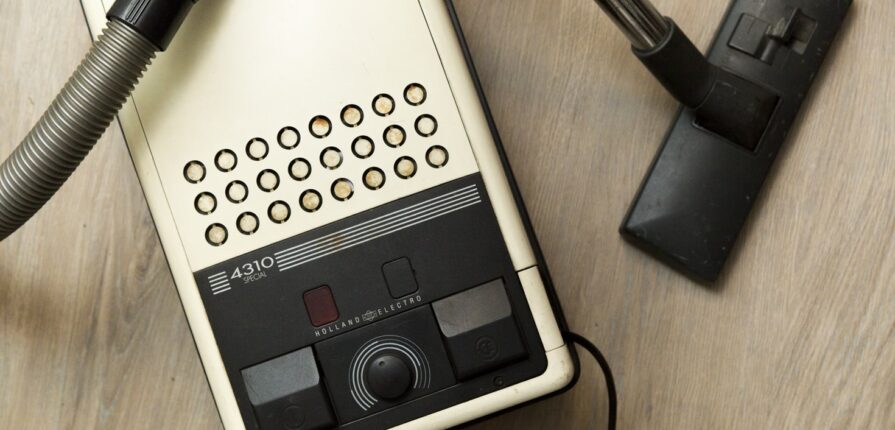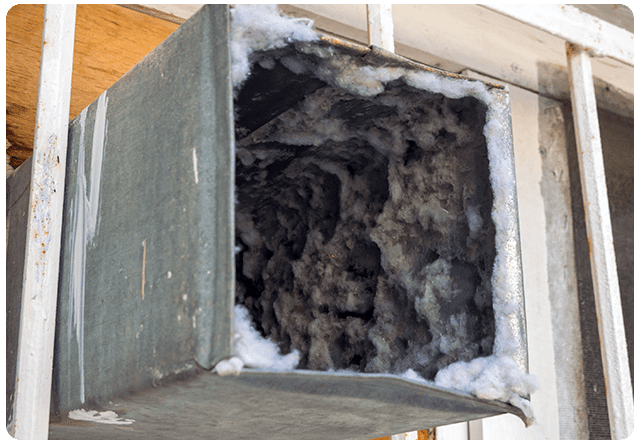Central Vacuum Cleaning
How Does Central Vacuum Cleaning Work. Any vacuum cleaner only picks up the dirt on the top of the surfaces it’s cleaning. A central vacuum system uses a powerful vacuum system connected to a series of bags or tubes to suck up dirt and dust.
The air is forced out of the bags or tubes into the room. This can be helpful for vacuuming hard-to-reach places, such as under the bed or under a desk.
Dirt trapped in this system can be compressed and stored. This can be helpful for vacuuming things that need to be disposed of, such as sawdust.
This system can help you save a lot of money on your utility bills. Having a powerful vacuum system sucking the dirt out of the room means you can run it less frequently. This can be helpful for noise reduction.
How Does Central Vacuum Cleaning Work
Central vacuum cleaning, also known as built-in vacuum cleaning, is a cleaning system that uses a network of pipes and hoses to transport dirt, dust, and debris from a home or building to a central location, usually in the garage or utility room. Here’s how it works:
- Power unit: A central vacuum cleaning system has a power unit, which is typically located in the garage or utility room. This unit contains a motor and a collection bin, which is used to store the dirt and debris.
- Pipes and inlets: The power unit is connected to a network of pipes and inlets that are installed throughout the home or building. These pipes are usually installed in the walls or under the floors and are connected to each room or area through inlet valves.
- Hoses and attachments: When you want to vacuum a room or area, you simply plug a hose into one of the inlet valves. The hose is connected to the pipes and sucks up the dirt and debris. The hose may also come with different attachments, such as a crevice tool or upholstery brush, that are used for specific cleaning tasks.
- Collection bin: As the dirt and debris are sucked up through the hose, they are transported through the pipes and deposited into the collection bin in the power unit.
- Maintenance: To keep the central vacuum cleaning system working properly, you should empty the collection bin regularly, replace the filters, and check the pipes and hoses for any obstructions or damage.
Central vacuum cleaning systems offer several advantages over traditional vacuum cleaners, such as greater suction power, quieter operation, and improved indoor air quality. They are also more convenient, as you don’t have to carry a heavy vacuum cleaner from room to room or worry about cords getting tangled.
1) Inlets
A central vacuum system is made up of a number of inlets. There are inlets in the walls, in the ceilings, and under the floors.
The inlets for the central vacuum system are placed in areas of the home where there is the greatest need for cleaning. This can include hallways, stairwells, bedrooms, bathrooms, and even the garage.
2) Vacuum
The central vacuum system is connected to a powerful vacuum that is located in a central area of the home. This is usually in the basement or the attic. All of the inlets connect to the vacuum.
3) Vents
The air that is sucked into the vacuum is then forced out of the home through vents. A central vacuum system can also be connected to a ductless mini-split system. This allows the air to be forced out of vents in the floor.
Potential Central Vacuum Cleaning Problems
Central vacuum systems can have a number of issues.
The inlets have vents that can become clogged. This can cause problems with the suction for the vacuum. The inlets also can become clogged with dirt, dust, and debris.
If left unattended, it can manifest into physical problems such as:
- Allergies and Asthma
- Dust Mites
- Mold and Mildew
- Sneezing
- Itchy eyes and nose
- Sinus infections
- Coughing and wheezing
- Headaches and fatigue
- Skin irritation
- Respiratory problems
General Vacuum System Concerns
A central vacuum system can be helpful for cleaning and for reducing the amount of time you spend cleaning the home. However, it can also have problems that cause a lot of stress.
- Noise: The vacuum that comes with central vacuum systems can be noisy. The noise can be a problem when it’s running.
- Clog: A clog can be a problem for central vacuum systems. It can cause the system to back up. This can cause a lot of problems that can make the system less useful.
- Contamination: The air can get contaminated if the vacuum system isn’t maintained properly. Some larger units have filters that can be changed.
FAQs
How do you clean a central air vacuum?
- Turn off the power: Before cleaning your central vacuum system, make sure the power is turned off to avoid any accidents.
- Empty the collection bin: Remove the collection bin from the power unit and empty it. If the bin is dirty, you can wash it with soap and water and let it dry completely before reinstalling it.
- Clean the filter: Central vacuum systems have a filter that should be cleaned or replaced regularly. Check your system’s manual to determine how often the filter should be cleaned or replaced. If the filter is washable, remove it from the power unit and wash it with soap and water. If it’s not washable, replace it with a new one.
How does a central vacuum cleaner work?
A central vacuum cleaner is a built-in cleaning system that uses a network of pipes and hoses to transport dirt, dust, and debris from various locations in a home or building to a central location, typically in the garage or utility room. Here’s how a central vacuum cleaner works:
- Power unit: The system includes a power unit, which is usually installed in the garage or utility room. The power unit contains a motor, a fan, and a collection bin for storing the dirt and debris.
- Inlets: The power unit is connected to a network of pipes that run throughout the home or building, typically installed in the walls, floors, or ceilings. The pipes connect to inlet valves installed in various rooms or areas of the building.
- Hoses and attachments: When you want to vacuum a room or area, you simply plug a hose into one of the inlet valves. The hose is connected to the pipes and sucks up the dirt and debris. The hose may come with different attachments, such as a crevice tool or upholstery brush, that are used for specific cleaning tasks.
Conclusion
If you’re thinking about installing a central vacuum cleaning system, you should be sure to weigh the pros and cons carefully. A professional can help you decide if this system is right for your home or not.
Keep your home ventilation clean and microbe-free with Can Do Duct Cleaning. We offer duct cleaning in Toronto, with an efficient team that will do a thorough sweep over your systems. Contact us today to learn more!



